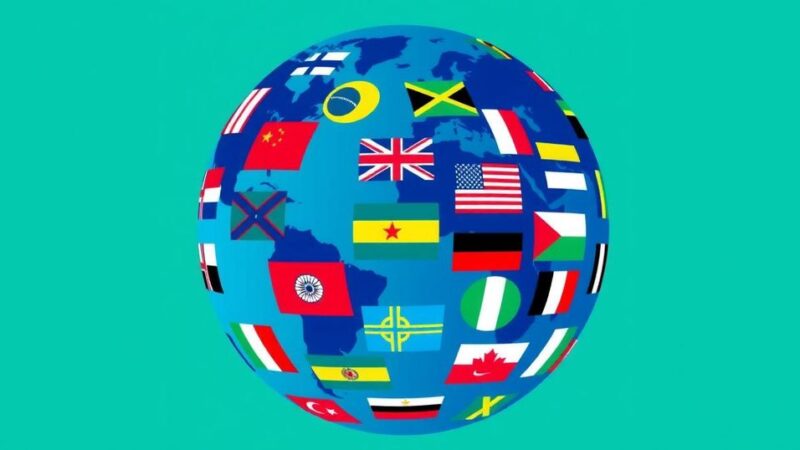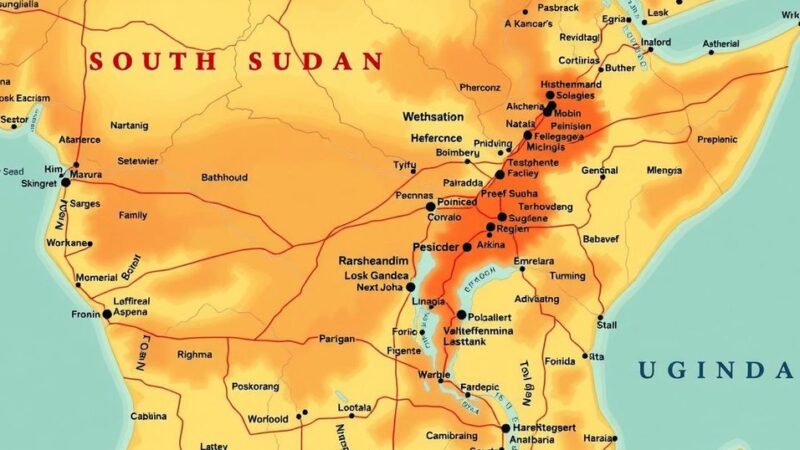On February 27, 2010, an 8.8 magnitude earthquake struck off the coast of Chile, leading to extensive damage and over 500 fatalities. The quake triggered a significant tsunami that impacted coastal areas and travelled across the Pacific. Despite building regulations, about 400,000 homes were damaged, and the disaster resulted in considerable economic disruption.
The 2010 Chile earthquake, which struck on February 27, 2010, off the south-central coast, was a catastrophic event that resulted in widespread devastation and triggered a tsunami. This natural disaster claimed over 500 lives and caused significant structural damage across multiple regions, including Biobío, Concepción, and Maule. The earthquake registered a magnitude of 8.8, with its epicenter located approximately 200 miles southwest of Santiago, Chile, and occurred at a depth of around 22 miles beneath the Pacific Ocean.
The earthquake was felt as far away as São Paolo, Brazil, and Buenos Aires, Argentina, and initiated many aftershocks measuring 5.0 or higher. A study suggested that pressure from the converging tectonic plates was a primary cause of this seismic activity. The earthquake was the most powerful in the region since the 1960 quake, which remains the strongest ever recorded.
The seismic event caused significant displacement of the seabed, giving rise to a tsunami with waves reaching heights of 50 feet in areas such as Constitución, while the port of Talcahuano faced waves nearly 8 feet high. The tsunami travelled swiftly across the Pacific, affecting locations as far as California and Japan, albeit less severely as it weakened with distance.
Despite stringent building codes established after the 1960 earthquake, approximately 400,000 homes were damaged. Regions adversely affected included Maule and Biobío, where many residents lost essential services. Chile’s copper production was briefly halted, impacting its economy, while an extensive power outage in Santiago highlighted the compromised state of the electrical grid.
An estimated two million individuals were directly affected by the quake, with initial death toll estimates exceeding 800, which later adjusted to officially recognized figures of over 500 fatalities, including 150 from the tsunami directly. Looting erupted due to food and gasoline shortages, prompting President Michelle Bachelet to coordinate efforts to distribute necessities, although challenges persisted in delivering timely assistance to isolated areas.
The 2010 Chile earthquake was a profoundly impactful disaster, resulting in substantial loss of life and property. Its aftermath highlighted vulnerabilities in infrastructure and emergency response systems, as well as the socio-economic struggles faced by affected communities. The event serves as a stark reminder of the power of natural disasters and the importance of preparedness in seismic regions.
Original Source: www.britannica.com






